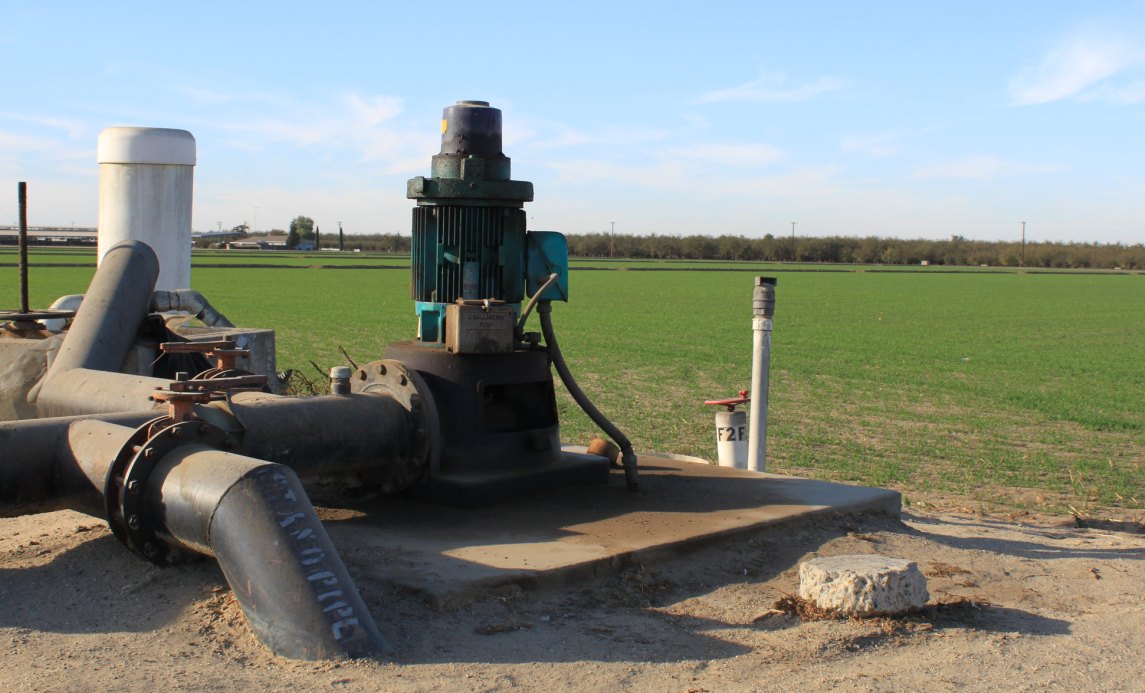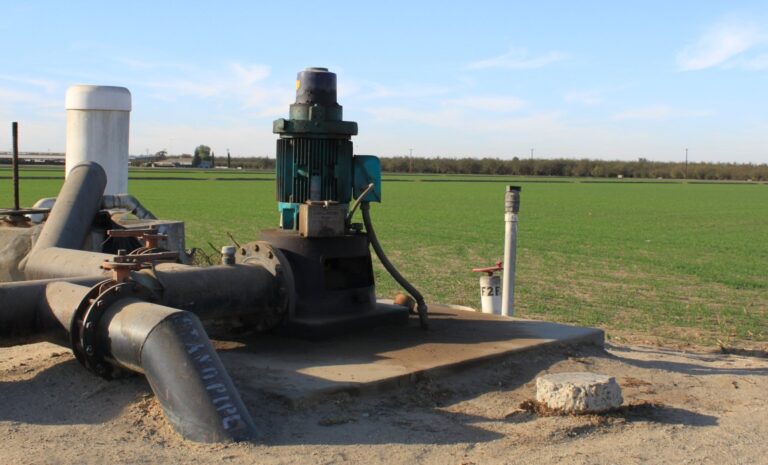Groundwater is a critical resource around the globe, especially in dry regions, but it’s importance in sustaining ecosystems remains largely unstudied. There are many challenges in managing this precious resource for multiple purposes, including water supply and healthy ecosystems. New research has used satellite imagery and groundwater monitoring data to investigate the links between groundwater and the ecosystems they support throughout the state of California.
The study, published in Nature Water, underscores the pivotal role this resource plays in supporting groundwater-dependent ecosystems. The researchers, including UC Santa Barbara’s Michael Singer and Dar Roberts, identified how groundwater can be used to support ecological conservation within California’s Sustainable Groundwater Management Act (SGMA). Beyond highlighting groundwater’s significance, the study also offers an effective and practical approach for identifying where ecosystems are vulnerable to groundwater change and would benefit from more sustainable water use and management.
…plants support various ecosystems by providing habitat structure, producing biomass and regulating microclimate for both aquatic and terrestrial species. Monitoring these plants can serve as an effective way to assess groundwater needs and inform water use and planning.
“Globally, there are increasing efforts to manage groundwater resources for multiple purposes, not only to support drinking water needs or high-value agriculture,” said co-author Singer, a professor at Cardiff University and a researcher at UCSB. “Our work provides a sound basis on which to develop clear guidelines for how to manage groundwater to support a wide range of needs within drainage basins.”
The study uses 38 years of Landsat satellite images (1985 – 2022) and statewide groundwater data to detect impacts on key plant species that rely on groundwater. These plants play a crucial role in supporting various ecosystems by providing habitat structure, producing biomass and regulating microclimate for both aquatic and terrestrial species. The study suggests that monitoring these plants can serve as an effective way to assess groundwater needs for ecosystems, informing decisions about water use and planning.
The study produced three important conclusions. First, the authors discovered that plants relying on groundwater suffered during the 2012 – 2016 drought, when water levels dropped. The researchers advise setting critical groundwater levels that consider these ups and downs.
The second was about how root depth affects ecosystem health. “We can use what we know about how deep the roots of different types of plants tend to be to approximate what groundwater levels are needed to maintain ecosystem health,” said Christine Albano, an ecohydrologist at the Desert Research Institute. “We found that vegetation was healthier where groundwater levels were within about 1 meter of maximum root depth, as compared to where groundwater was deeper.”
Third, the authors found that habitats dependent on groundwater serve as havens during droughts, supporting […]
Full article: mavensnotebook.com


